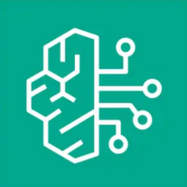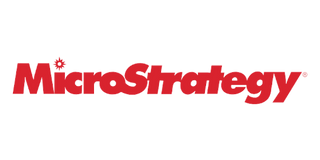Unstructured data is a valuable resource that has long remained underexplored. In the past, the challenges of automating processes without compromising on quality and cost limited its potential. Today, thanks to artificial intelligence (AI), these barriers have been overcome. However, AI alone is not sufficient; it requires the support of effective knowledge management to provide appropriate context, preventing generalist models from veering into inaccuracies or trivialities, which can lead to superficial and ineffective solutions. Without this support, even the best technology risks becoming a blunt instrument.
How many companies are truly managing to fully exploit this opportunity?
The flexibility and immediacy of recent tools have led to an increasing number of Proofs of Concept (PoCs), which seem to pave the way for innovation. However, once the proposed approach is approved and initial results are obtained, it is important not to confuse the agility in creating a prototype with the integration of the final solution into the existing ecosystem, while respecting the organization’s overall requirements and strategy. Transitioning from a promising idea to a scalable and well-integrated solution requires a broader vision and attention to context that goes beyond the initial phase.
Even the most promising solutions, if not managed correctly, can lead to an uncontrolled proliferation of tactical approaches, escaping control through phenomena of shadow IT. This not only undermines long-term maintainability, evolution, and security but also fuels technical debt with isolated solutions that are difficult to manage and destined to collapse like houses of cards.
It is evident that the current context is rich in opportunities but also fraught with pitfalls. Exploiting the potential of unstructured data requires a mature vision capable of finding the right balance: innovating without complicating, preserving flexibility and sustainability.



























